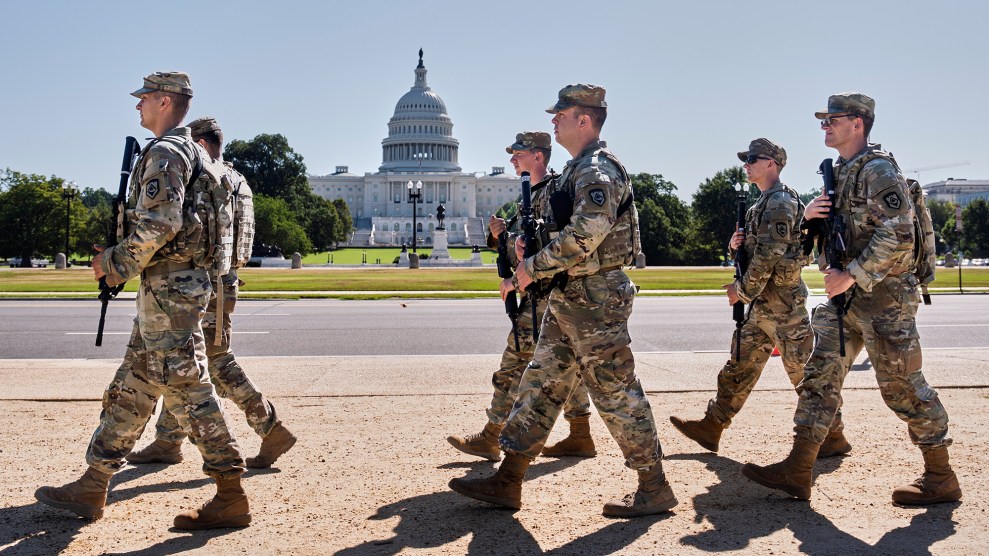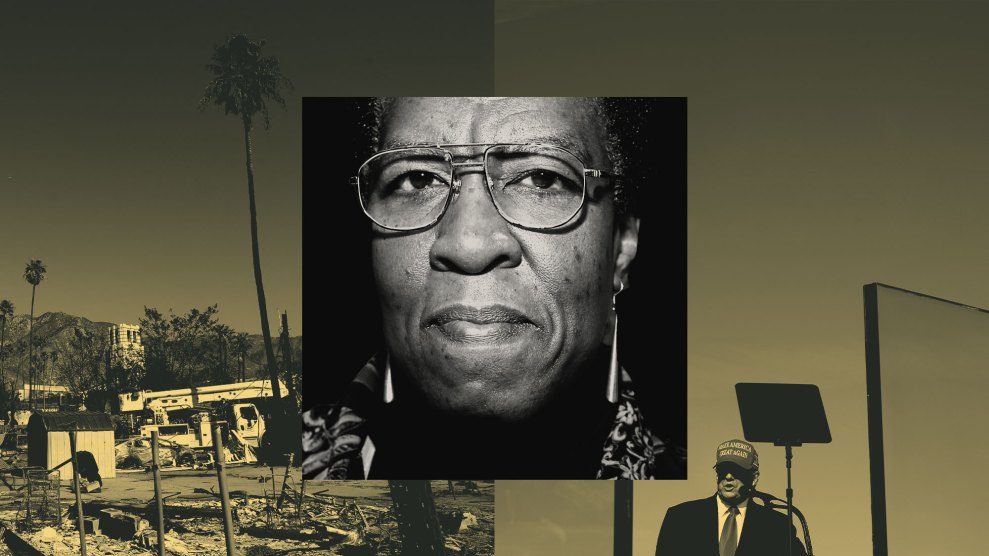Article created by the The Century Foundation.
The mayhem unleashed among Muslims from Indonesia to Africa over a Danish newspaper’s cartoon portrayal of the Prophet Muhammad is a reminder of the power of caricature. The art of political drawings is an old one, extending back well before there were printing presses, let alone an internet to spread the images.
Ironically, this moment of renewed if deadly prominence for cartoons comes at a time when the number of political cartoonists in American newspapers is sharply declining. According to Clay Bennett, president of the Association of American Editorial Cartoonists, quoted recently in the Baltimore Sun, the number of full-time staff cartoonists has declined from about 200 to about 80 over the past two decades. The occasion for the piece was the announcement that KAL (Kevin P. Kallaugher), the Sun’s editorial cartoonist for 17 years had taken a buy-out and would not be replaced. Only a few weeks earlier, another paper owned by the Tribune Company, the Los Angeles Times had fired cartoonist Michael Ramirez, with no plans to hire another one. The Chicago Tribune itself has not had a staff cartoonist since Jeff MacNelly died in 2000. A spokesman for the Tribune Company said the decisions to eliminate the positions were all made locally and did not reflect a corporate position.
Be that as it may, the gradual disappearance of cartoonists at newspapers is a great pity. I, for one, would guess that there are many readers who would prefer the demise of some of the weary windbags who write syndicated newspaper political columns over the loss of gifted satirical artists. Herblock, the great cartoonist for the Washington Post for 50 years or so, conveyed as much in a single drawing every day as any of the columnists who shared the page with him. In spite of previous scathing portraits, Herblock generously offered Nixon one free-shave on the first morning his presidency.;
Last month, all the members of the Joint Chiefs of Staff, signed an angry letter to the editor of the Post complaining about the image of a wounded soldier in a cartoon by Herblock’s successor, Tom Toles. Admittedly, the chiefs did not set fire to the building. But it is clear that in the E-Ring of the Pentagon as well as in the Muslim world, a cartoonist’s message is taken very seriously.
The second big issue in the Danish cartoon controversy is whether newspapers outside Denmark, particularly those in the United States, should reprint the images as a gesture of free-press solidarity with the besieged newspaper, Jyllands-Posten. Four staffers at the New York Press quit because the paper’s editor refused to reprint the drawing, according to NPR. An Air America host denounced the editors who decided not to run the cartoon as “cowardly.” The Philadelphia Inquirer did run the cartoon and protestors descended on the building. Clearly, there was no position that would be popular with everyone.
The definition of a free press is the right and responsibility of editors to make a choice based on judgment. So the notion that only by running the drawing do you affirm the right of free speech is an absurd contradiction. Anyone who wanted to see the drawing could easily find it on Google, except perhaps in China where Google is designed to edit out material that might be troublesome to the Beijing leadership. But that is another story.
Aside from the perhaps irreversible decline in newspaper political cartoons, the art of American political satire is in pretty good shape these days, given the enormous success of the Daily Show with Jon Stewart and, lately, the Colbert Report. Recently in a tribute to outgoing Fed Chairman Alan Greenspan, Stewart flashed a huge headshot of Greenspan and said his JPSI (Jewiness Per Square Inch) was 59. To provide context for the rating, he then flashed a shot of the late Lubavitcher Rebbe Schneerson in full Orthodox regalia and said his JPSI was only a few numbers higher. Stewart is himself Jewish. Nevertheless, mocking the “Jewiness” of the country’s top banker and guardian of money lenders may, to some, be as offensive as Muhammad with a bomb in his turban.
But Stewart’s studio audience roared with laughter, which is certainly preferable as an expression of respect for lively discourse, to roaring with rage. Greenspan is not Muhammad, but it certainly seems that a society which encourages political imagery that is occasionally rude is a great deal better off than those which kill and burn as a response to satire. That may not seem a principle that needs to be reaffirmed. Yet given the excesses of political humorlessness on both left and right, and in parties Red, Blue, and Green, it is worth doing so.
















